Visit Ostankino Tower for the original Moscow views you can’t get anywhere else. To attract the best experience, book tickets in advance and arrive early; the observation deck frames the city from sweeping views that delight tourists and families alike. The structure embodies an architect-led approach with monumental scale, making it one of the city’s most recognizable landmarks.
Height reaches 540 meters, turning Ostankino Tower into a monumental 20th-century achievement that remains Russia’s tallest building. It is the most visible part of Moscow’s broadcasting network, and a key view into the capital from above. The tower operates in an active broadcasting role, while its exhibits downstairs tell the story of radio and television, offering visitors a tangible sense of maintenance routines that keep the facility safe and functional year after year.
What you’ll encounter on the visit goes beyond height. The exhibits cover broadcasting history, technology, and the tower’s impact on Moscow’s media scene. You would discover practical tips about photography and the best angles for photos, and the lower floors include kid-friendly displays that appeal to families and first-time visitors alike. A small cafe on the upper tier provides quick refreshments without delaying your ascent.
For the best results, check official hours and weather forecasts–clear days yield crisper city silhouettes and richer sunset colors. Arrive 20–30 minutes before your slot to pass security and reach the elevator promptly, and keep cameras ready while respecting deck limits. This stop remains a favorite for tourists and city residents, with a steady cadence of visitors through the maintenance season and regular concert-friendly events in the surrounding area.
By twilight, the skyline becomes a living panorama: the river bends, the Seven Sisters rise on the horizon, and the city lights form a quiet concert of color above the streets. Ostankino is a practical gateway to Moscow’s radio and TV history, a monumental symbol that still attracts curious travelers seeking a closer look at Russia’s media infrastructure. If you plan a longer stay, combine the visit with nearby parks and museums to extend the day for city exploring and views that linger long after you leave.
Ostankino Tower Moscow: Visitor’s Guide
Buy tickets online to secure your slot and skip the line. A dedicated walking route leads to the observation deck, and you’ll want to pace your visit for the whole experience.
Located on the Ostankino Hill in Moscow’s Ostankino area, the tower stands as Russia’s tallest structure and a landmark of modern broadcasting. The tower is located near the Ostankino broadcasting center, reinforcing its role in the city’s media network. The design makes the tower stand as a beacon.
Construction began in 1963, and the project was steered by architect Nikolai Nikitin.
Its high-power transmitters powered national TV and radio, making Ostankino a central node in Moscow’s broadcasting business. The power rating of transmitters shaped national media reach.
Details inside the tower include a steel lattice frame, precise elevators, and panoramic windows that frame the city. The elevators move in seconds. Admission includes access to the observation deck; a cafe and small shop are included.
From the viewing level you get a broad panorama of Moscow; on clear days kolomenskoye is visible on the horizon. In the last light, the skyline turned orange and the river sparkles.
presumably, the best times to visit are weekdays late afternoon when crowds thin and light softens.
This experience leaves memories of the russian capital seen from above.
kokoshkinglobal would arrange a private tour if you plan a multi-stop day.
The guide notes how the site ties Moscow’s 19th history of communications to the city’s newer ambitions.
Such a stop pairs well with a stroll through nearby parks or a short walk to admire the city lights.
For photographers, families, and curious travelers, this is an ideal stop.
Hours of Operation and Best Times to Visit
Buy your Ostankino Tower tickets online in advance and enter at the first available slot to skip lines and start with a full, uninterrupted view.
Currently, opening hours typically begin at 10:00 and close around 18:00 on weekdays, with extended hours into the evening on summer weekends. The last ascent usually occurs about 60 minutes before closing. Tickets purchased online provide priority entry, though all visitors pass security checks and follow safety rules for the observation deck.
The best times to visit are early morning or late afternoon, when the central skyline feels intimate and crowds are lighter. During the summer season, plan for sunset views to capture the heart of Moscow as the city lights come on. If you stay until dusk, the burned horizon creates dramatic photos from the space above the city. For a well-rounded day, pair Ostankino with other central attractions, such as opera venues or nearby museums, and you’ll enjoy a compact gathering of sights. A visit can easily fit with Muzeon, or other museums, for a richer cultural experience.
To optimize your itinerary, consider arriving after a short coffee break and booking a nearby hotel for a flexible schedule. If you purchased a combined ticket for multiple attractions, you’ll maximize value and reduce backtracking. The tower’s needle silhouette remains a striking feature of central Moscow, and a summer evening visit offers comfortable weather and expansive views without rushing the moment.
Ticketing Options, Prices, and How to Purchase
Buy tickets online in advance to secure your preferred time, then arrive with your QR code and ID for a smooth entry.
Options include a Standard pass, a Premium option with elevator priority to the upper floors, and an Evening program that pairs panoramic views with a light meal. The two public floors let visitors admire the Moscow landscape from different angles, while the needle-like silhouette of the tower adds to its tall profile.
Prices vary by option and visitor category. Standard adult tickets typically range from 900 to 1,100 RUB, children from 450 to 650 RUB, and Premium experiences from 1,800 to 2,400 RUB. The Evening program adds around 500–700 RUB for the meal and guided commentary. Discounts for students, seniors, or family packs may apply under the terms published on the official site.
Where to buy and how to pay: use the official Ostankino Tower site to reserve slots, or purchase at the on-site desk if available. Payments accept cards and cash. After purchase you receive an electronic ticket (QR code) you present at the entrance; printing is optional. If you stay at a hotel nearby, ask the concierge about transfers from your location–arranging a pickup can make the trip completely seamless and easy.
Practical tips: the express elevator powers you to the upper levels in about a minute, and the ascent takes you through a quiet shaft to the views. In the evening the skyline burned with sunset colors, creating a dramatic landscape you’ll want to photograph. The site is steps away from metro stations, making access straightforward, and the grounds include a garden where you can stretch your legs after your ascent. The history of the tower, erected in 1967, reflects a built promise of ambitious engineering; its tall profile has drawn visitors since the late Soviet era and remains a constant magnet for travelers. For families, catholic groups, or corporate teams, the program can be tailored to fit your trip, then you can return to your hotel or home base with memories that last longer than a quick snapshot. If you’re combining this with a longer Moscow trip, plan your day to enjoy the landscape and then unwind at a nearby hotel before heading home. It can be difficult to secure a slot during peak season, so pre-booking helps.
Observation Decks: Views, Elevation, and Photography Tips
Plan to enter the upper deck at about 337 meters and book the fast-entry package to keep your trip efficient; allocate roughly 60 minutes for the visit, including time for exhibits and photography.
From the glass-walled panorama, you’ll catch scenes across Moscow: the Kremlin domes, the Moskva River winding through the city, and the spread between districts on clear days. On sunny evenings you can glimpse the tsvetnoy area in the distance, and the skyline’s popularity has grown for years with every sunset. The middle deck offers a calmer outlook, while the main deck remains the prime spot for expansive cityscapes. Numerous exhibits recall 20th-century broadcasting history, giving meaningful context between stops to snap photos and read between the lines of the view.
Photographers face a few difficult moments: reflections off the glass, crowds moving between stops, and the wind that can shake a steadied hand. Use a wide-angle lens to capture the full breadth, shoot in RAW, and keep ISO as low as possible while staying under 1/125 seconds to avoid motion blur. Tilt the camera slightly to reduce glare, press the lens against the glass, and compose quickly to soak in the scene before the crowd returns. You’ll want plenty of rapid frames–seconds matter when the light shifts and the city glows.
Itinerary notes: arrive early, enter the building, ride to the top, and spend minutes at each level before descending. If you want a leisurely pace, walk the adjacent area between decks to compare perspectives, then finish with a short walk to a nearby hotel or café for a light snack. This approach keeps the experience unique and well-paced, and the package can be tailored to your interests so you don’t miss essential exhibits or photo opportunities.
| Feature | Details |
|---|---|
| Deck height | 337 m (upper deck) |
| Elevator time | 60–90 seconds per ascent, two sections |
| Best visit time | Golden hour; clear evenings maximize visibility |
| Photography tips | Glass glare control, wide-angle lens, RAW, shutter ~1/125 s, keep ISO low |
| Exhibits | 20th-century broadcasting history; included in the package |
| Access | Enter via main entrance; consider a package with fast entry and exhibits |
Getting There and Getting Around: Transit, Parking, and Accessibility
Take the metro to Ostankino and walk 10–15 minutes to the base; this is the fastest option in winter when roads are slick, and every traveler appreciates predictability. The route passes rows of houses and an orthodox church, framing the iconic tower–erected in 1967 as a centerpiece of the Soviet empire–in the Ostankinsky district. The tower is part of a broader architectural ensemble that defines the complex.
From central Moscow, you can also use a taxi or ride-hailing service; the city’s transit network is reliable, but traffic can affect arrival times. If you prefer public transit, combine the metro with a short bus ride to reduce walking on cold days and for families with strollers or bags.
As a state facility, access and safety guidelines apply to every guest and to other visitors with different needs. Every traveler has been impressed by the clarity of access when arriving for a visit.
- Transit: Follow clear signs to the Ostankino Tower after exiting the metro. Allow extra time in winter for icy sidewalks and security checks; the ascent to the observation deck happens in seconds once you’re aboard the lift.
- Parking: On-site parking exists but spots fill quickly during events. If the lot is full, rely on nearby municipal lots within 500–800 meters and use crosswalks to reach the tower. For groups or guided visits, consider arranging a parking pass through the desk or your tour operator.
- Accessibility: The site provides step-free access to the public areas, elevators to the observation deck, and accessible restrooms. If you need special accommodations, call ahead so staff can coordinate assistance and seating for a smooth visit.
For planning, kokoshkinglobal offers packages that pair transit guidance with skip-the-line access and a concise overview of the tower’s collections. These fine arrangements suit every traveler, especially families seeking a streamlined, memory-friendly day.
The surrounding area features a rich mix of districts and landmarks. In winter, bundled visitors enjoy clear views and a comfortable walk to nearby sites; a short detour can enrich a day’s memories with kuskovo’s historic houses or a quick visit to muzeon for its collections in central Moscow. Every trip can be shaped by planning with state-backed services and local operators, keeping access easy for families and traveler alike.
Tretyakov Gallery Nearby: Hours, Tickets, and Practical Route from Ostankino
Buy tickets online in advance to secure a time slot and arrive early. The State Tretyakov Gallery opens 10:00–18:00, with extended hours on Thursdays until 21:00; it is closed on Mondays. General admission runs about 700 rubles, concessions around 350 rubles, and under-18s visit free. Family bundles and group rates are available on the official site. The collection spans from the 18th century to modern works, with several celebrated authors featured, making a must for art lovers who want a concise, rewarding visit where you can focus on key pieces.
From Ostankino, plan a practical route that keeps transfers minimal. Start with a reliable ride to a central metro hub, then ride toward Tretyakovskaya on the green line and exit a short walk to Lavrushinsky Lane. The journey typically finishes in about 60–75 minutes and costs around a standard city fare plus a transfer if needed. Along the way you’ll pass the VD Nh area and other historic districts that hint at Moscow’s imperial heart. If you’re exploring other sights, this route can be combined with a visit to the kremlin, or a longer day that includes Kolomenskoye, Tsaritsyno, and a monastery area–each adds its own flavor, from grand estates to quiet cloister courtyards, with fountains and towers to enjoy in good weather.
Tips for a smooth visit: confirm hours for the day you plan to go, especially during exhibitions, and keep an eye on last-entry times. Families should note accessibility and stroller options, and solo travelers will appreciate the clear signage and multilingual guides. During rainy days, staying indoors at the gallery is a smart move, while sunny periods invite a broader stroll through nearby streets. If you’re ending your outing in the area, you can continue to explore other landmarks and museums nearby to keep the day efficient and enjoyable.

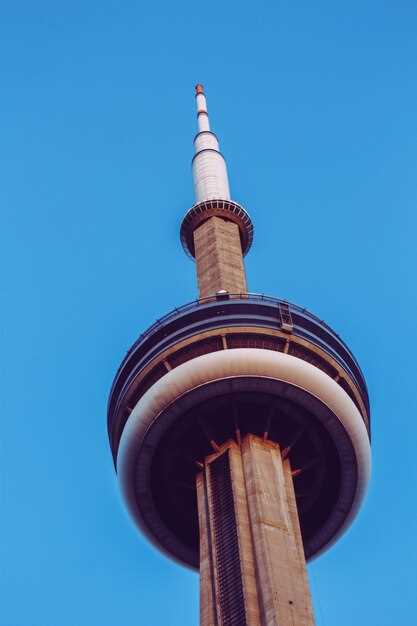 Ostankino Tower Moscow – Ultimate Guide to Russia’s Tallest TV Tower">
Ostankino Tower Moscow – Ultimate Guide to Russia’s Tallest TV Tower">
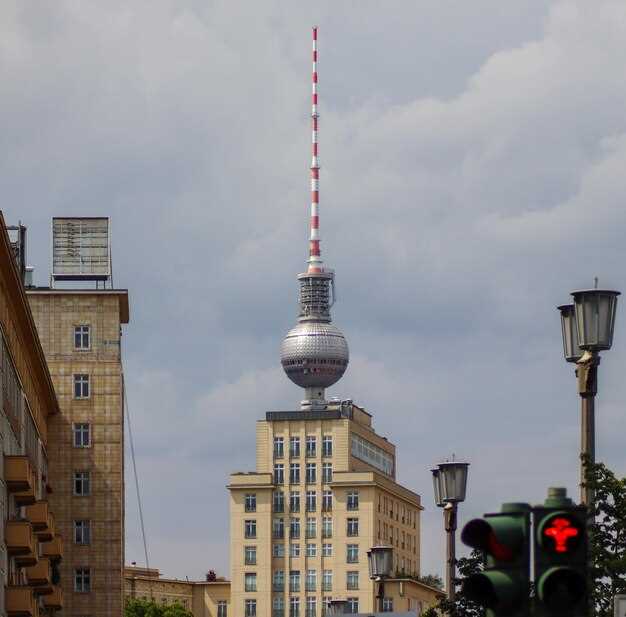
 How Much Does a Week in Moscow Vacation Cost? A 7-Day Travel Budget Guide">
How Much Does a Week in Moscow Vacation Cost? A 7-Day Travel Budget Guide">
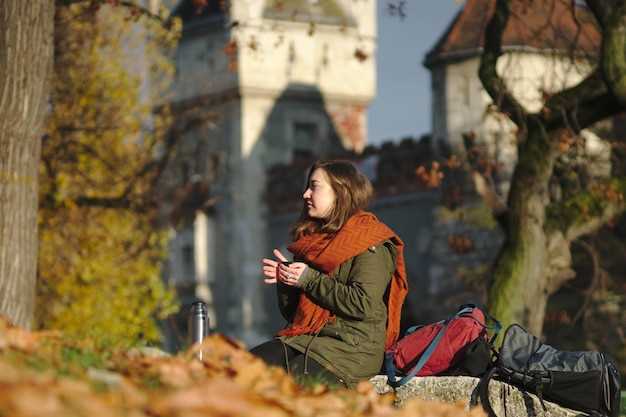 Best Time to Travel to Moscow – Spring and Early Fall 2025 Guide">
Best Time to Travel to Moscow – Spring and Early Fall 2025 Guide">
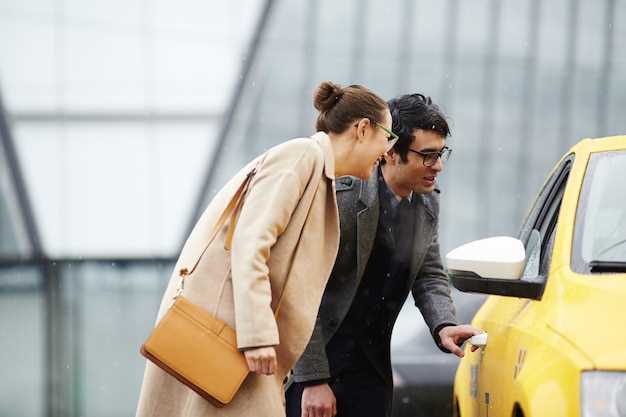 Taxis in Russia – How Not to Get Ripped Off – Essential Tips for Travelers">
Taxis in Russia – How Not to Get Ripped Off – Essential Tips for Travelers">
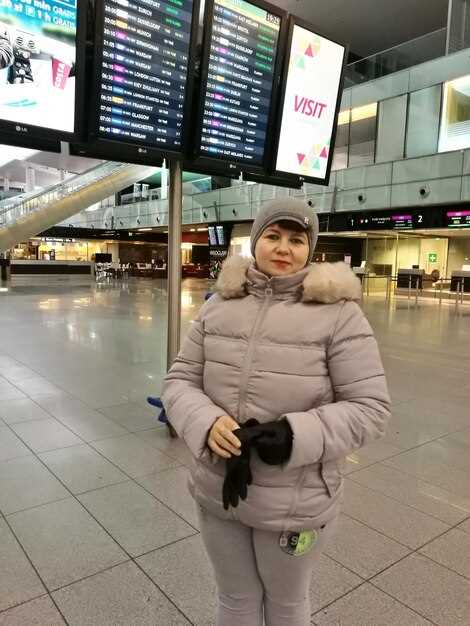 Domodedovo Airport Guide – Flights, Terminals, and Transport in Moscow">
Domodedovo Airport Guide – Flights, Terminals, and Transport in Moscow">
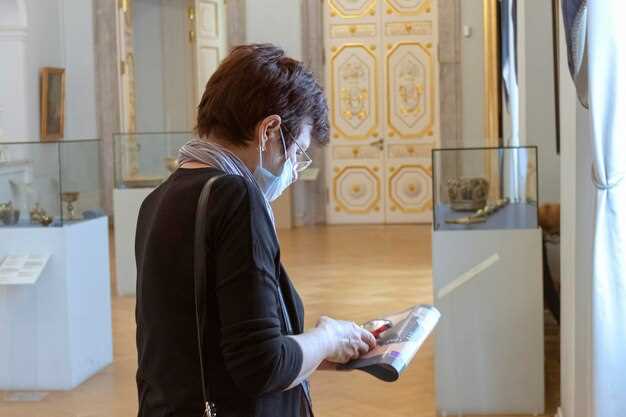 Pushkin Museum – A Comprehensive Guide to Moscow’s Fine Arts">
Pushkin Museum – A Comprehensive Guide to Moscow’s Fine Arts">
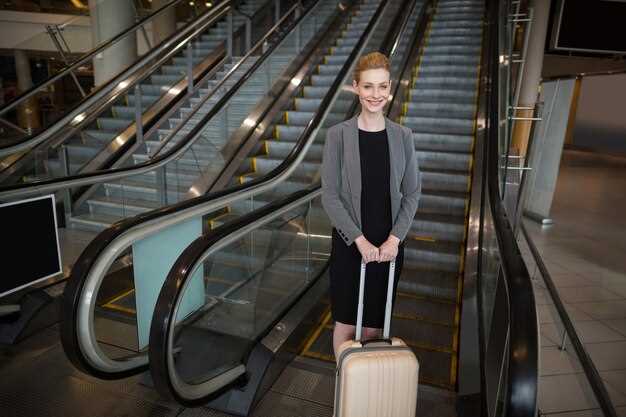 Domodedovo Airport DME – Russia’s Second Busiest Airport – Flights, Facilities & Travel Tips">
Domodedovo Airport DME – Russia’s Second Busiest Airport – Flights, Facilities & Travel Tips">
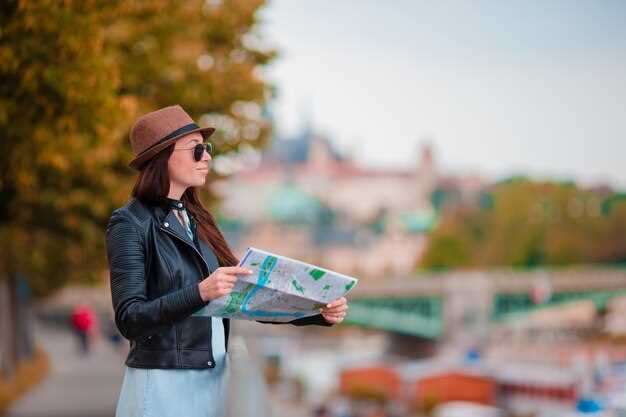 Resources for Traveling to Russia in 2025 – A Practical Guide with Everything You Need">
Resources for Traveling to Russia in 2025 – A Practical Guide with Everything You Need">
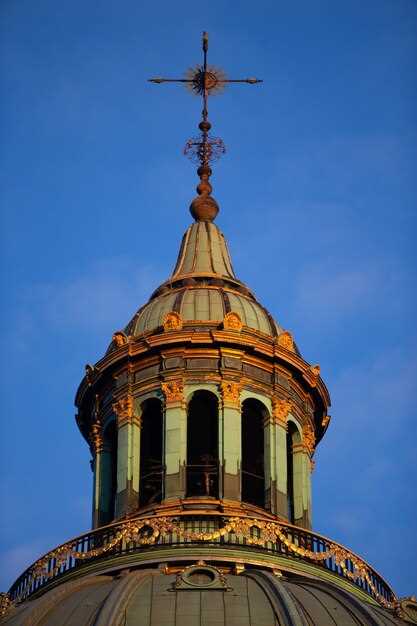 10 Main Facts About the Cathedral of Christ the Savior in Moscow">
10 Main Facts About the Cathedral of Christ the Savior in Moscow">
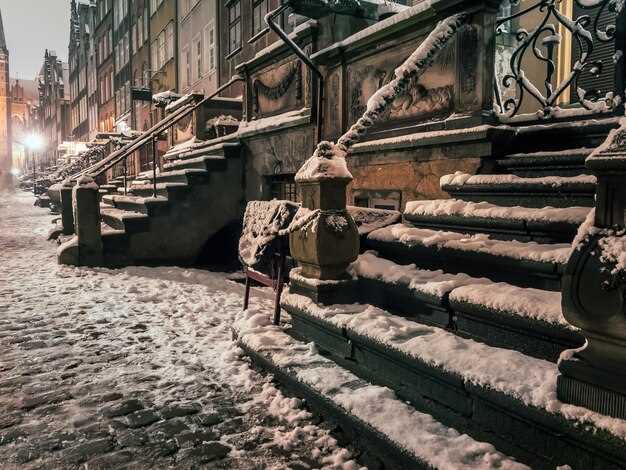 Moscow’s Main Street – From Stalin’s Death to Devastating Violence">
Moscow’s Main Street – From Stalin’s Death to Devastating Violence">